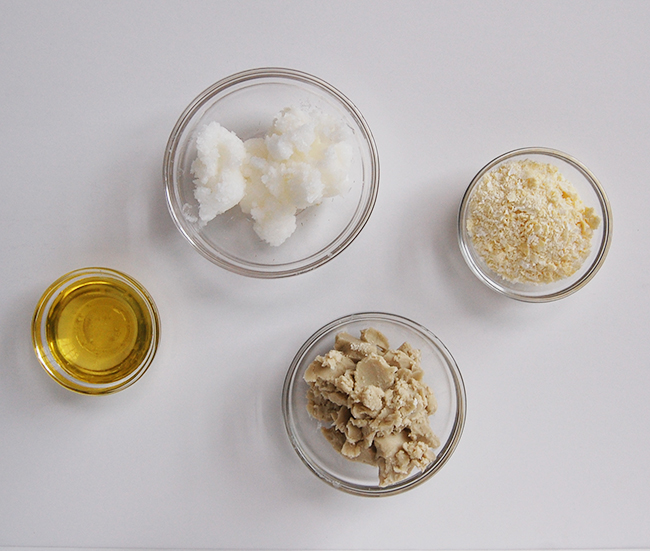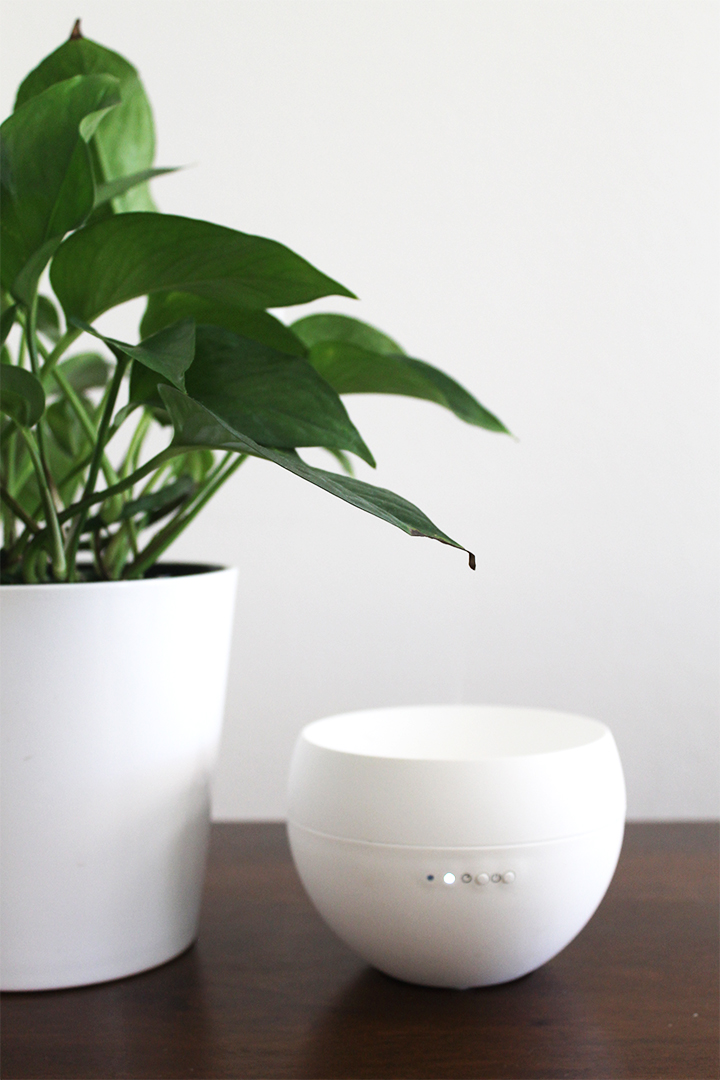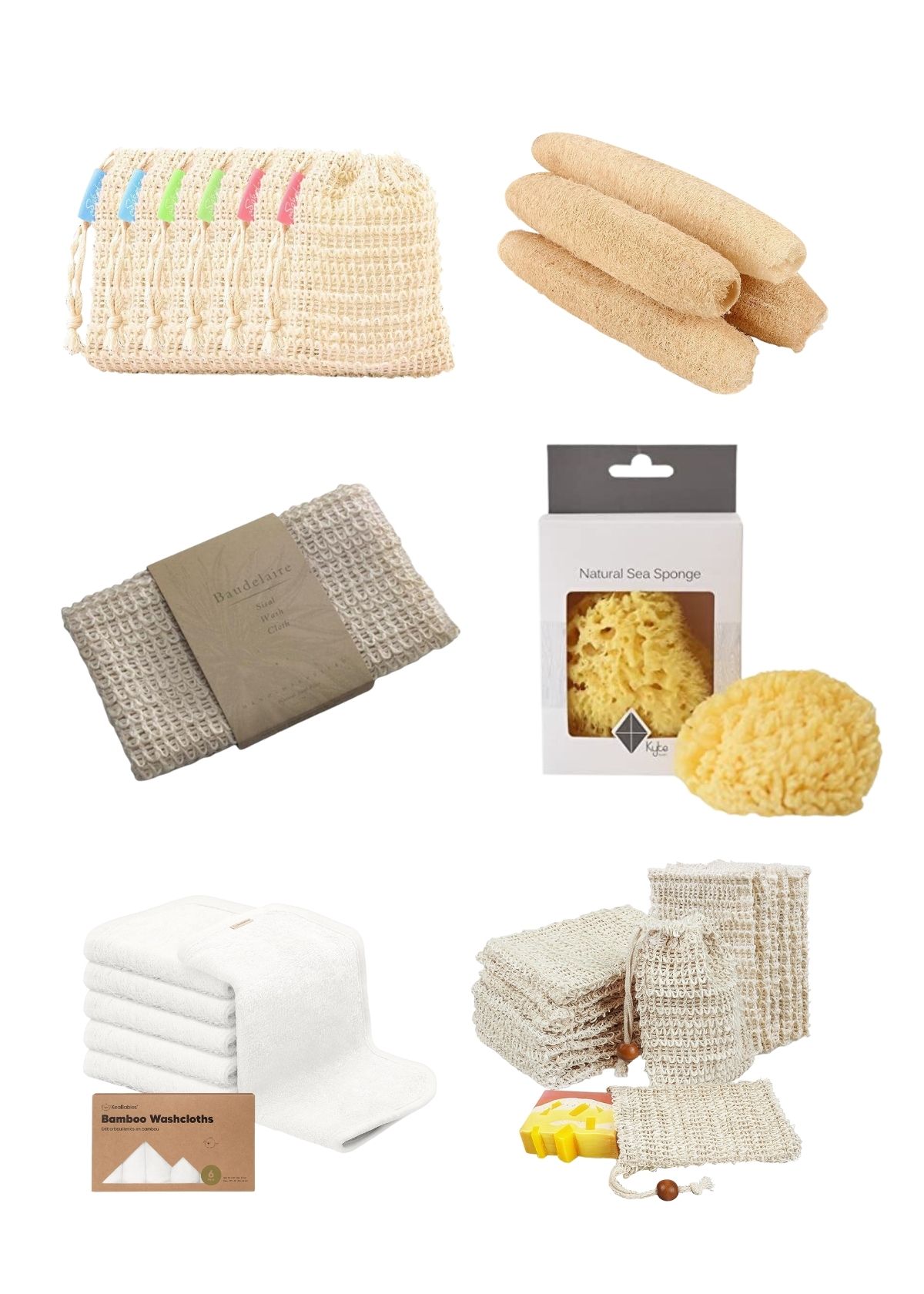Dangers of Scented Candles and Healthy Alternatives

This time of year when the sun goes down early and temperatures are chilly, it makes sense that burning candles in the home is a popular way to create the cozy ambiance we crave. But have you ever wondered about what the candles burning in your home are doing to your indoor air quality?
Not all candles are created equally! Read on to learn about what candles to avoid, what candles can actually help to improve indoor air quality, scented candle alternatives, and a few safe candle options if you’re in the market to stock up on more!
Do Candles Give Off Toxic Fumes?
The amount of toxic fumes emitted by a candle largely depends on what materials are used to create the candle.
Paraffin Wax
Paraffin is a petroleum byproduct used to create most mass-produced candles. Researchers at South Carolina State University found that paraffin-based candles emitted toxic chemicals like toluene and benzene (source: CNN). Frequently lighting paraffin based candles in a poorly ventilated area can cause health problems and aggravate existing respiratory problems like asthma.
Chemical Fragrances
Synthetic fragrances and dyes used in many mass-produced candles also release dangerous VOCs.
Lead Core Wicks
Cored wicks use a core material to keep the wick straight and upright when burning. The most common core materials for wicks are cotton, paper, zinc or tin (source: National Candle Association) but in the past, lead was commonly used in cored candle wicks – especially in those imported from overseas.
“Burning candles and incense can be sources of particulate matter. Burning candles with lead-core wicks may result in indoor air concentration of lead above EPA-recommended thresholds” (source: EPA).
Luckily, the U.S. Consumer Product Safety Commission banned the manufacture and sale of all candles with lead-core wicks in 2003 (sources: IQAir) so candles produced after 2003 should be lead-free.
What Are the Healthiest Candles?
Soy Candles
Soy candles are a healthier alternative to scented paraffin wax candles. Plus, soy wax is non-toxic and burns cleaner with very little soot released as the candle burns. Soy candles are also longer lasting and biodegradable which makes them a more eco-friendly choice than paraffin, which is produced using non-renewable resources (source: LiveStrong).
Although soy candles are healthier than paraffin, some soy candles are still produced using harmful chemicals and synthetic fragrances so it’s best to do brand research and read product labels before purchasing.
With that said, almost all soybeans are genetically modified and are not always sustainably grown (source: Wellness Mama). Because of this, I prefer beeswax candles as a healthy alternative to paraffin.
Beeswax Candles
Pure beeswax candles burn with almost no smoke or scent. Some sources claim that they actually clean the air by releasing negative ions into the air. Supposedly, these negative ions can bind with airborne toxins and help remove them from the air (source: Wellness Mama).
Here are a handful of great beeswax candle brands:
- Big Dipper – Big Dipper has a large focus on giving back to their local community through education, research, and sustainability. Read more about Big Dipper’s sustainable production practices.
- Blue Corn – Blue Corn is a small company operating out of Ridgway, Colorado committed to creating quality hand-crafted candles and providing a healthy workplace for their employees. Read more about Blue Corn.
- Knorr Beeswax – Knorr is based in my hometown of San Diego and offers a great selection of quality beeswax candles. Learn more and shop Knorr beeswax here.
How Can I Mitigate Toxic Fumes From Candles?
VOCs are released via burning paraffin candles as well as via off-gassing from other household products (furniture, paint, hairspray, dry cleaned clothes, etc.). If your goal is to reduce airborne toxic chemicals in your home, a natural and effective way to do so is by decorating your home with indoor plants. Here is a list of houseplants that help eliminate airborne toxins in the home.
What Can I Use Instead of Scented Candles?
If you’re looking for alternatives to scented candles, below are a few non-toxic ways to effectively scent your home.
Diffuser
I truly love my Organic Aromas nebulizing diffuser. I use it every day in our living room (I like diffusing lemon or eucalyptus in the mornings and lavender in the evenings).
Another great option is a reed diffuser. For an inexpensive and low waste option, try using these glass diffuser jars and reeds.These are most effective in smaller spaces like bathrooms.
If you’re interested, I wrote a post all about diffusing essential oils that might be helpful!
Potpourri
Potpourri is another (retro!) toxin-free way to scent your home. For fresh scent combinations (not your grandma’s potpourri) check out this post about DIY potpourri by The Spruce.
Simmer
Simmering aromatic citrus and spices on the stovetop is another easy and popular way to scent a home (especially before hosting guests). Here are some fall simmer recipes by Apartment Therapy.
So ultimately, if the ambiance of candles is what you’re after, stick to beeswax. If it’s the scent of candles that you love, try a diffuser or other toxin-free alternative!






